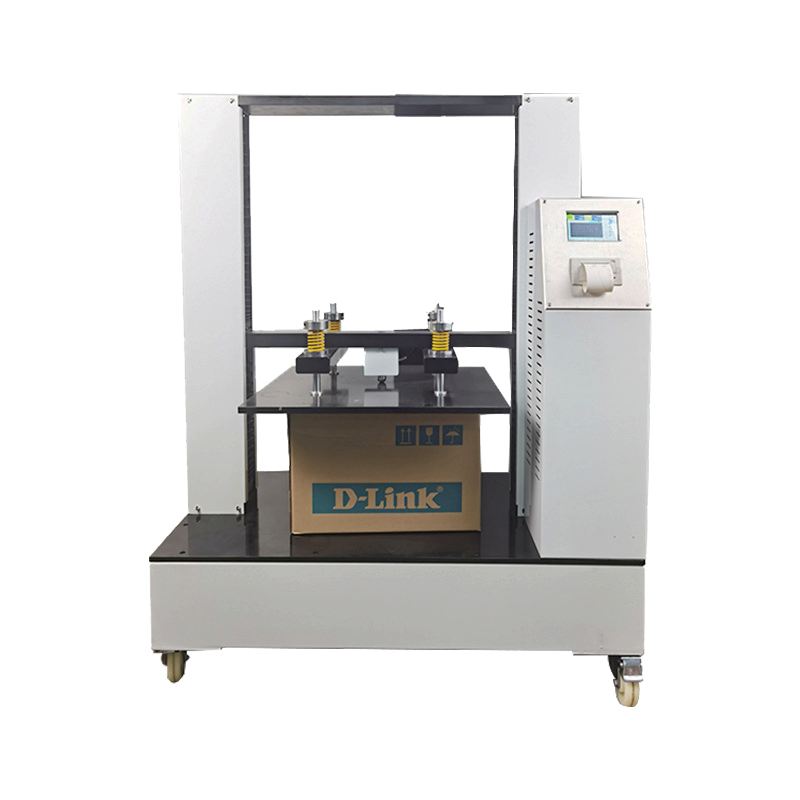
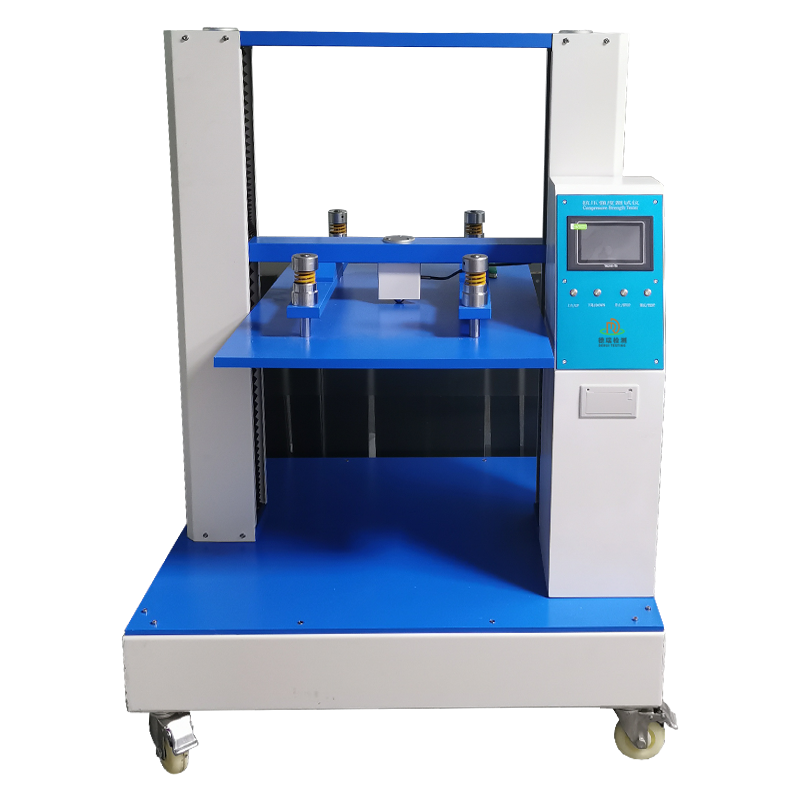
ASTM D642 cardboard compression test box
168005.0 INR/Unit
Product Details:
X
ASTM D642 cardboard compression test box Price And Quantity
- 1 Unit
- 168005.0 INR/Unit
ASTM D642 cardboard compression test box Trade Information
- Cash in Advance (CID)
- 100 Unit Per Month
- 7 Days
- All India
Product Description
| Item | DR-B211-900 | DR-B211-1200 | DR-B211-1500 |
| Max. Force | 10KN(1000 kg ,2205lb) | 20KN(2000 kg, 4409lb) | 50KN(5000kg,11023lb) |
| Load cell | 1 load cell for highest accuracy | ||
| Control system | Dual control (Computer control with Windows mode+Touch screen control ) | ||
| Servo Motor | 400W | 750W | |
| Servo Driver | 400W | 750W | |
| Screws | Ball screws(Double ball guide rod design, high transmission accuracy, high transmission power efficiency) | ||
| Force reading | Gf, kgf, Ibf, N, KN, T etc | ||
| Load cell Resolution | 1/250,000 | ||
| Load Precision | within 0.5% | ||
| Effective test area (L x W x H) | 700x900x900mm | 1000x1200x1000mm | 1300x1500x1500mm |
| Compression Stroke | 0~900mm | 0~1000mm | 0~1500mm |
| Lift speed | 0.1~200mm/min | ||
| Software | Mtest HD-002-A(Independent R&D) | ||
| Data display | Load, displacement, speed, loading rate and elapsed time | ||
| Safety features | E-Stop Over-load protection Upper and lower limit switches Load sensor with automatic retreat | ||
| Report items | Serial number, peak value, average value, set pressure holding value, pressure holding time | ||
| Electrical Supply | 1phase, AC 220V, 500W, 50HZ | 1phase, AC 220V,550W,50HZ | 1phase, AC 220V,900W,50HZ |
| Overall Dimensions (L x W x H) | Approx.1510x1200x1645mm | Approx.1510x1200x1645mm | Approx.1865mmx1500mmx2235mm |
| Weight | Approx.350kg(772lb) | Approx.670kg(1477lb) | Approx. 1000kg(2205lb) |
| Operation Temperature and relative humidity | 10~40, 30~80% | ||
1. Equipment overview
The ASTM D642 Carton Compression Chamber is a precision test equipment designed to evaluate the compressive strength and deformation properties of cartons, corrugated boxes, and other packaging containers under static compression loads. The equipment is designed and operated in strict accordance with the ASTM D642 standard established by the American Society for Testing and Materials (ASTM) to ensure the accuracy and international applicability of the test results. The tester is widely used in packaging material manufacturing industry, logistics and transportation industry as well as quality control departments to ensure the safety and reliability of packaging materials in actual use.
2. Main Functions
Compressive Strength Test: Measure the maximum compressive capacity of carton in vertical direction according to ASTM D642 standard, and evaluate its load-bearing capacity during stacking, transportation and storage.
Deformation test: Record the deformation of carton under compression load, evaluate its deformation degree and recovery ability.
Stacking test: simulate the force of carton in actual stacking situation, evaluate its stacking stability and load-bearing capacity.
Cyclic compression test: Load and unload the carton for several cycles to evaluate its fatigue performance and durability.
Data analysis and report generation: Built-in data analysis software can automatically generate test reports in accordance with ASTM D642 standards, including maximum compressive strength, deformation, loading curve and other parameters.
Selecting the right model of carton compression tester requires consideration of a number of factors to ensure that the equipment will meet the testing requirements and provide accurate test results. Below are some key steps and considerations to help you select the right carton compression tester:
1. Determine the test criteria
First, identify the test standards you need to follow. Different countries and regions may have different standards, for example:
International standards: ASTM D642 (American Society for Testing and Materials), ISO 12048 (International Organization for Standardization)
National standards: GB/T 4857 (Chinese National Standard), JIS Z0212 (Japanese Industrial Standard)
Ensure that the selected equipment is capable of meeting your desired test standards.
2. Determine the size of the test sample
According to the size of the carton you need to test, choose the right model of test chamber. Common carton sizes include:
Small carton: e.g. 300mm 300mm 300mm
Medium-sized carton: e.g. 600mm 600mm 600mm
Large cartons: e.g. 1200mm 1200mm 1200mm
Ensure that the testing space of the chamber can accommodate your maximum carton size.
3. Determine the test force range
According to the expected load-bearing capacity of the carton, select the appropriate force range. Common test force ranges include:
Low range: e.g. 5kN for small cartons or lightweight packaging
Medium range: e.g. 15kN for medium-sized cartons
High range: e.g. 50kN or more for large cartons or heavy duty packaging.
4. Consider test speed and control accuracy
Test speed and control accuracy directly affect the accuracy of the test results. Common test speeds range from 1-500mm/min. Ensure that the equipment selected provides sufficient control accuracy, for example:
Displacement accuracy: 0.5mm
Pressure accuracy: 1%.
5. Automation and ease of operation
Selecting equipment with automated operation will improve test efficiency and reduce human error. Consider the following factors:
User interface: whether it is intuitive and easy to use
Parameter setting: whether it is simple and convenient
Data processing: whether the data analysis software is built-in, whether the test report can be generated automatically
6. Safety and reliability
Ensure that the equipment is equipped with multiple safety protection devices, such as:
Overload protection
Limit protection
Emergency stop device
These protections ensure the safety of the testing process and the long-term reliability of the equipment.
7. Brand and after-sales service
Choosing a well-known brand and a supplier with good after-sales service can ensure the quality of the equipment and follow-up support. Consider the following factors:
Brand reputation: choose a brand with a good reputation
After-sales service: including installation, training, repair and maintenance services
Warranty policy: understand the warranty coverage and duration of the equipment
8. Budget and cost-effectiveness
Choose cost-effective equipment according to your budget. The price of different brands and models of equipment may vary greatly, comprehensively consider the performance of the equipment, brand reputation and after-sales service, choose the most suitable equipment.
9. Additional functions and accessories
Select additional functions and accessories according to needs, e.g:
Environmental control: e.g. temperature and humidity control
Special fixtures: choose the right fixture according to different types of cartons
Data export: e.g. USB interface or network connection for easy data transfer and analysis
Tell us about your requirement

Price:
Quantity
Select Unit
- 50
- 100
- 200
- 250
- 500
- 1000+
Additional detail
Mobile number
Email




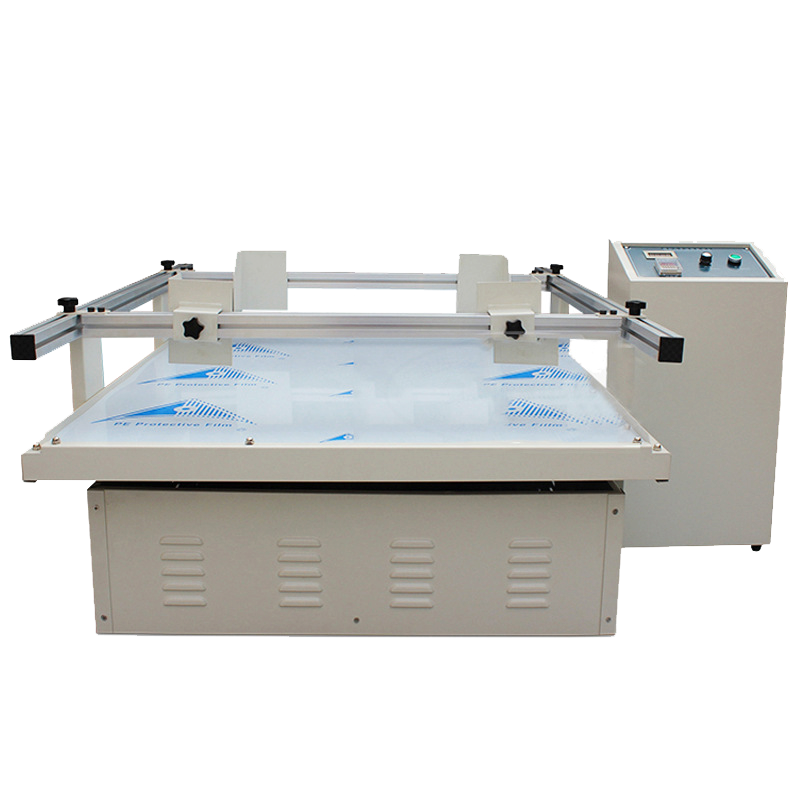
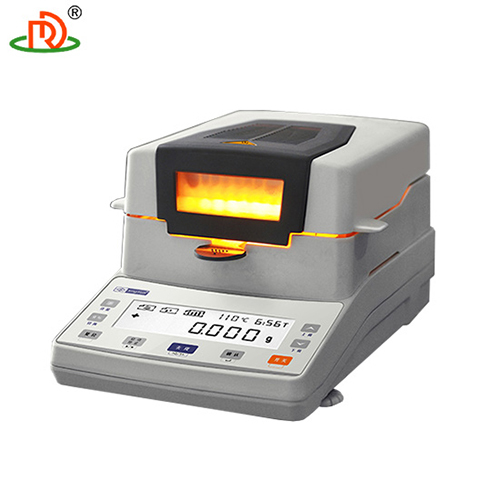
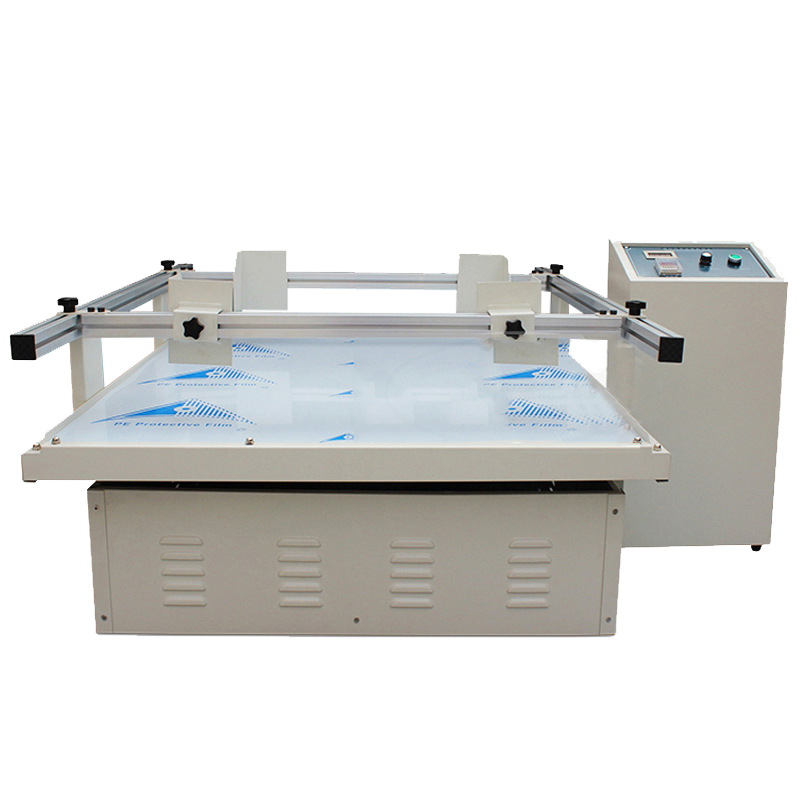
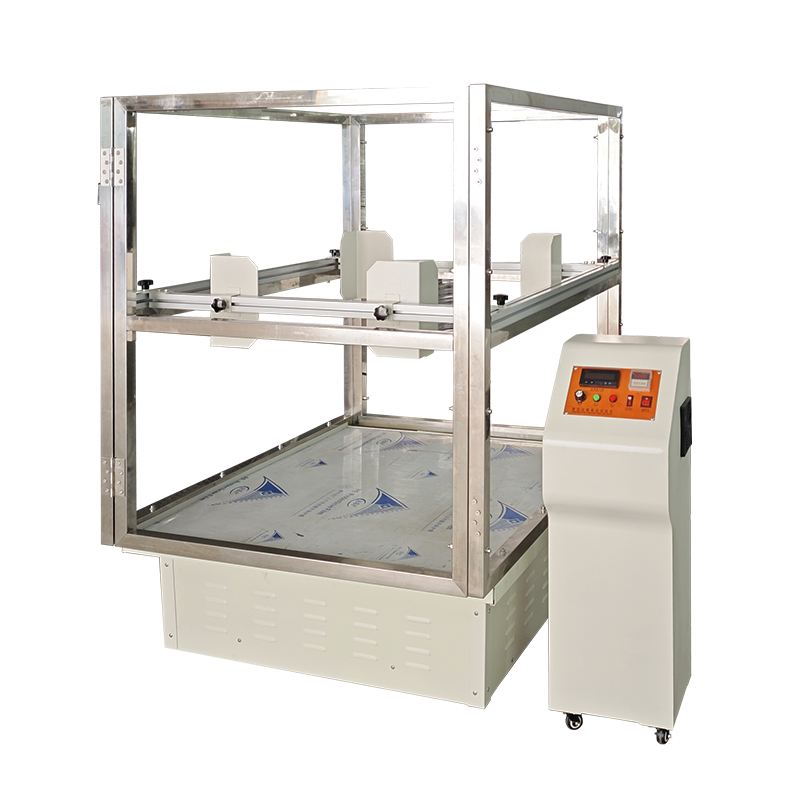

 English
English Spanish
Spanish French
French German
German Italian
Italian Chinese (Simplified)
Chinese (Simplified) Japanese
Japanese Korean
Korean Arabic
Arabic Portuguese
Portuguese